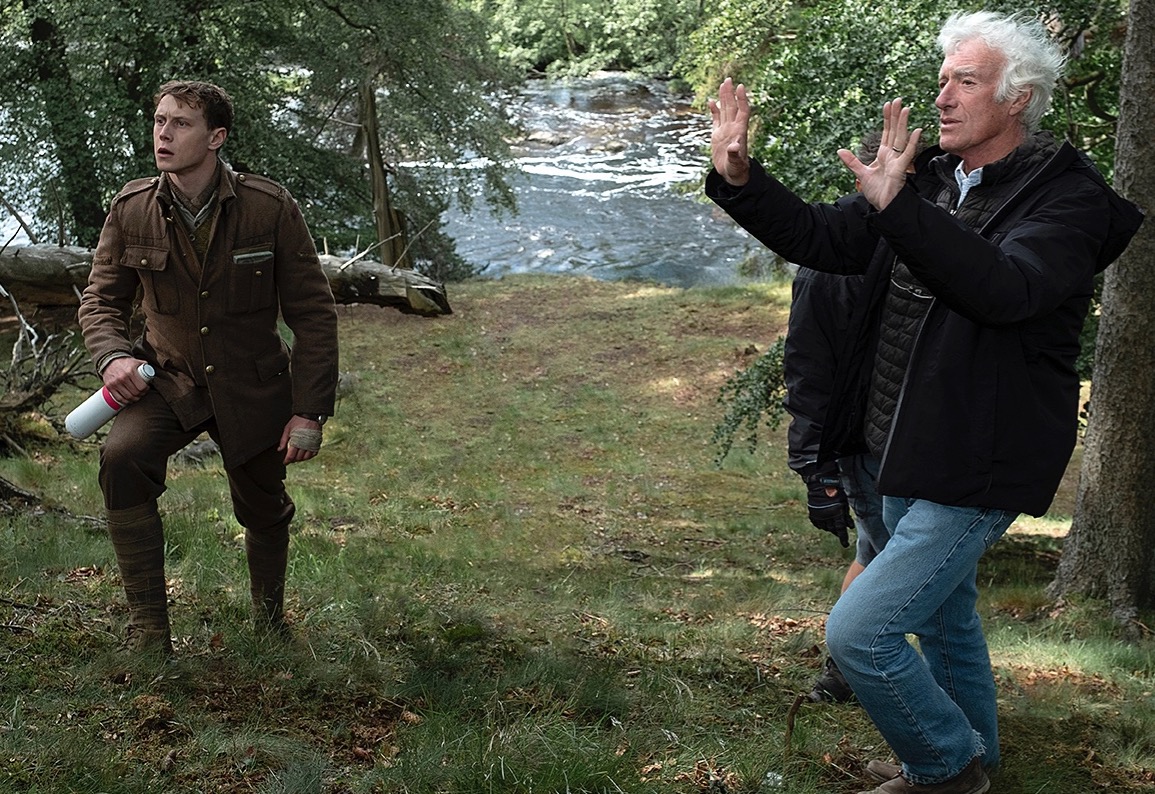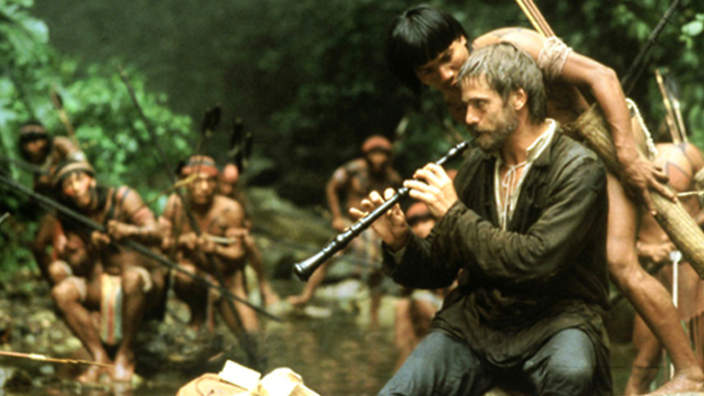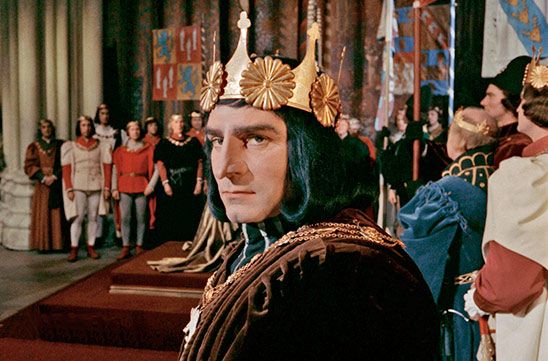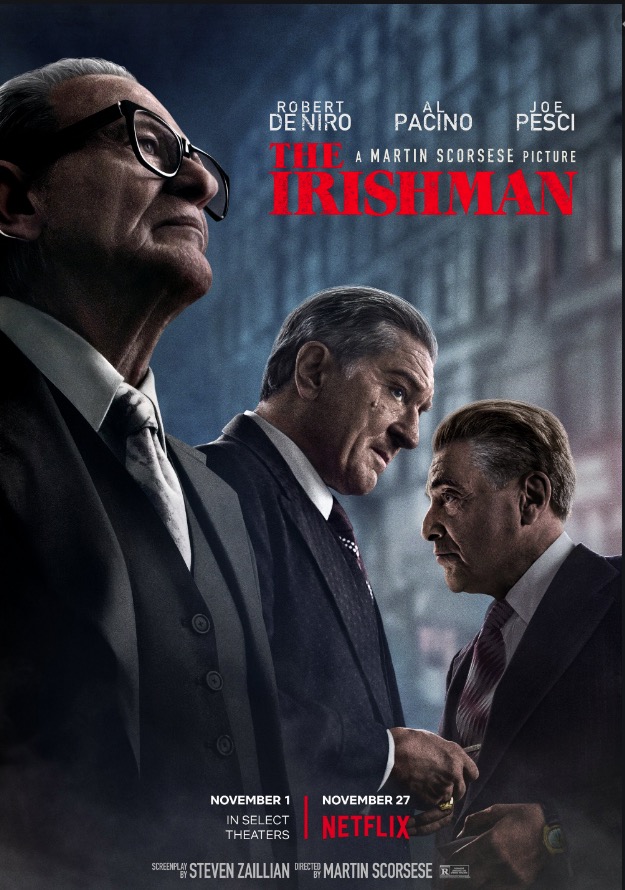A magnificent art work.
I watch one American football game annually, the Super Bowl. I barely know or understand the first thing about this brutal, brain addling game, but the spectacle and hype are prime examples of modern Americana.
Most importantly, watching the tenor of the advertisements and determining the target audience tells the viewer more about socio-economic trends and ‘low hanging fruit’ spending power than any study or survey could.
There was an exceptional contribution this year featuring one of Budweiser’s magnificent Clydesdale horses. Having stood next to one (but not too close) at a horse show some years ago, it’s impossible to convey the sheer sense of largeness of these animals. The advertisement itself is an extraordinary piece of story telling. In just sixty seconds you have beauty, tragedy, pain, suffering, healing, support, hope, recovery and beauty. You can read about the director by clicking the image below at which link you can also watch the video. The ad time runs $12 million a minute, reaching 100 million global viewers. Add another $3 million or so for the filmmakers and this sort of thing is not cheap. But, goodness, is it special.

Click the image.
Update July, 2023:
From the list of great boo-boos. Hitler attacks Russia. Putin attacks Ukraine, Budweiser uses a guy tricked out to look like a little girl to grow market share.
Yup, so far the size of the hole blown in the Budweiser balance sheet totals $6 billion, as the not so genius marketers at Bud Light learn that the market does not constitute a couple of gay bars in San Francisco and Greenwich Village. There’s all that ‘fly over’ country in the middle and those decent Americans sure as heck are not buying a gay branded beer.
Oh! well. It was nice while it lasted, Budweiser. 100 years of the best marketing on the planet destroyed in 30 seconds …. by a “girl” who still has his you-know-what.



